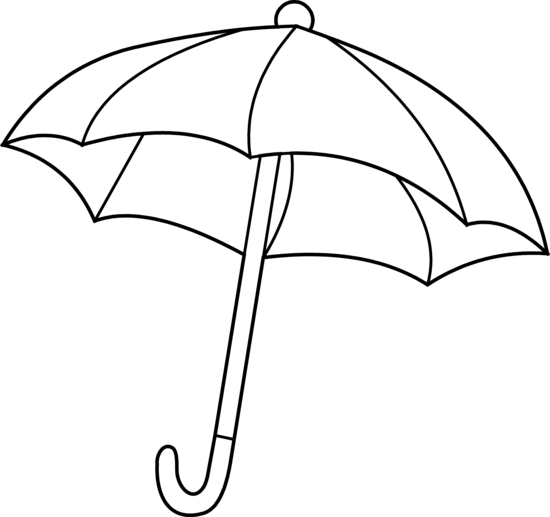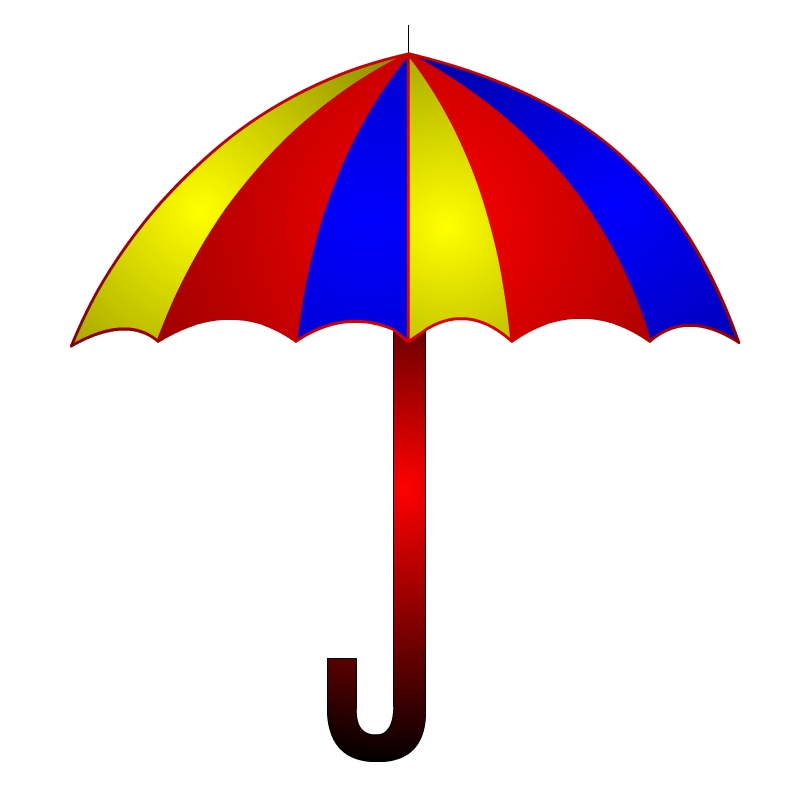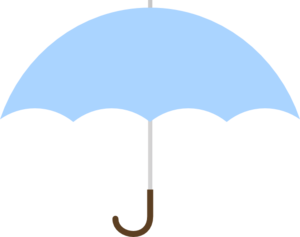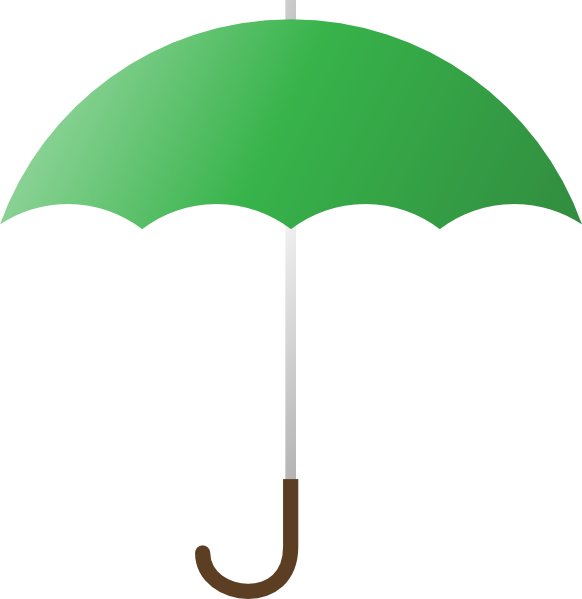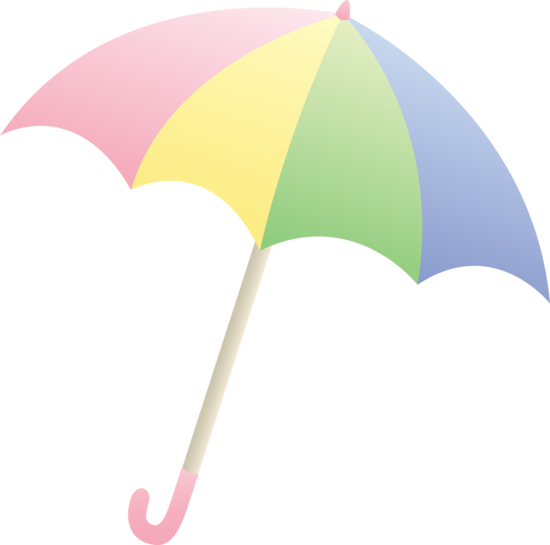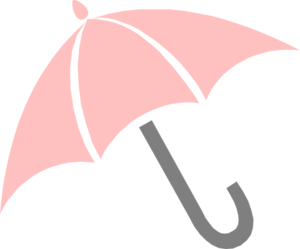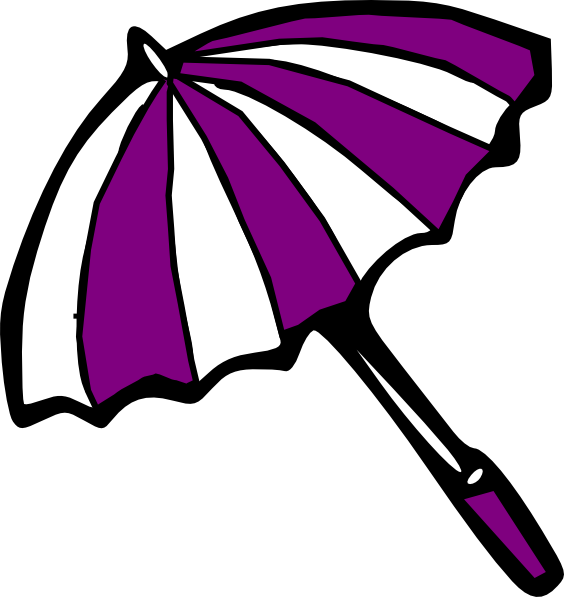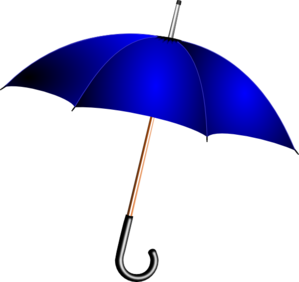Umbrella Clip Art
The umbrella as a shading device has been used across numerous ancient civilizations. Depictions of umbrellas made from palm leaves or feathers exist in ancient Egyptian, Chinese, and Assyrian art dating back over 3000 years. These early civilizations used umbrellas primarily as protection from sun exposure for nobility and figures of high religious status who could afford crafted parasols. As civilizations advanced, umbrellas evolved to incorporate curved bamboo or wood frames and silk canopies, spreading their function beyond mere status symbols. By the 11th century, umbrellas in China and Japan were widely used by aristocrats and warriors not just for sun protection but also occasional rain protection with waxed-paper canopies. As global trade expanded, umbrellas made their way to Europe by the 17th century, gaining initial popularity as fashion accessories among women in France and Italy.
Modern Umbrella Design and Mechanics
While umbrellas have ancient roots, many modern innovations have vastly improved umbrella functionality and portability. Common components of modern umbrella designs include metal or fiberglass ribs and shafts fitted to sliding or telescoping handles with curved grips ideal for hanging on forearms when in use.
Waterproof synthetic fabrics like vinyl and nylon replaced former paper and silk canopies. Teflon coatings provide further water resistance. The most crucial innovation enabling compact umbrella carrying was the development of folding frame architectures in 1928. Pressing on a manual runner collapses frame hinges and ribs neatly around the central pole. Automated push-button umbrellas later added pop-out opening convenience.
Umbrella Varieties
Diverse modern umbrellas suit varying needs for compactness versus ruggedness. Parameters like size, durability and portability differ across:
- Stick umbrellas (commonly carried)
- Folding umbrellas (very compact)
- Golf umbrellas (most durable and rain coverage)
- Clear plastic umbrellas (visibility)
- Rainponchos (handsfree rain protection)
Well-designed umbrellas balance adequate coverage, lightness for carrying, compact storage when collapsed, and wind-resistance for reliable use.
Using an Umbrella
Using an umbrella properly ensures you stay as dry as possible amid the downpour. There’s technique to extending, handling and storing it. Here are best practices when using your umbrella:
- Open your umbrella completely before stepping into heavy rainfall. This prevents internal wetting.
- Angle umbrella slightly forward so water runs off the arc instead of dripping at edges.
- Pointed tips should face outward from your body and fellow pedestrians.
- If winds are intense, angle the canopy into (not away from) the wind direction for stability. Brace through the grip and arm to prevent flipping inside-out.
- Shake off umbrella outdoors before closing and storing indoors where it won’t drip excess rain.
Following these guidelines, your umbrella can optimally shield you from getting soaked in stormy weather. A little technique goes a long way to avoid the storm soaking straight through!
Umbrellas in Culture and Fashion
Beyond functional rain protection, umbrellas carry cultural symbolism and serve as fashion accessories. In Eastern cultures like China and Japan, traditional parasols signify high status and feature beautifully decorative paper or silk canopies. In religious ceremonies across Eastern faiths, decorative umbrellas signify honor and authority. Processions of ecclesiastical umbrellas accompany key religious figures.
Umbrellas and parasols have additionally served as iconic fashion accessories for women across history. 17th century European nobility popularized umbrellas with canopies matching elegant dresses. Later cultures like the Victorian era associated dainty parasols with ideal feminine beauty and sophistication. Contemporary pop culture reinforces this archetype with camera pans up elegant women shielded under umbrella canopies amid the bustling city.
Introduction to Umbrella Clipart
Clipart refers to libraries of royalty-free vector images used to visually enhance documents, presentations, graphics and other projects. Umbrella clipart provides already-designed graphics of umbrellas suited for various educational, marketing or artistic uses without needing artist illustration skills.
Academic Uses of Umbrella Clipart
In early education, umbrella imagery engages children in lessons about:
- Weather and seasons – identifying rain versus shine
- Clothing and raingear matching current conditions
- Childhood experience – playing in puddles with boots and umbrellas
For geography and climate lessons, world maps with umbrellas convey regions receiving heavy precipitation. Worksheets about storm preparedness can feature umbrellas to reinforce the concept.
Marketing Uses of Umbrella Clipart
Umbrella graphics visually attract attention in advertisements and promotions for:
- Rain apparel like raincoats, boots and umbrellas
- Weather tracking apps and storm safety companies
- Travel agencies featuring tropical destinations in rainy seasons or temperate destinations in spring shower seasons
Retail stores keenly use umbrellas in seasonal flyers for goods like household rain gear as weather turns stormy.
Umbrella Clipart Styles
Artistic styles of umbrella clipart range from:
- Closed umbrellas yet to be opened
- Open umbrellas angled in active use
- Single umbrellas versus rows of umbrellas
- Color umbrellas, black+white outlines, transparent background umbrellas
- Realistic 3D rendered umbrellas
- Cartoon or kids decorate umbrellas
This flexible variety suits everything from formal reference diagrams to whimsical birthday party flyers.
Seeking umbrella clipart is made simple through major graphic databases like Shutterstock and Getty Images.
In this page clipartix present 75 umbrella clipart images free for designing activities. Lets download Umbrella Clip Art that you want to use for works or personal uses.






